
-
Sodium Cyclamate
Sodium cyclamate is excellent food sweetener which can covering bitter taste. It is with no harm to human and has sugar-free and low calorie although 30-50 times sweeter than sucrose etc.Tags : Low calories sodium cyclamate High sweetness sodium cyclamate
-
High quality aspartame
Aspartame is a high intensity sweetener also identified as N-L-alpha-Aspartyl-L-phenylalanine-1-methyl ester. It is a white, odorless, crystalline power granular) sweetener having a sweet taste.Tags : Low calories aspartame World deliver aspartame High intensity sweetener
-
Sodium Cyclamate
Sodium cyclamate is no harm to human and has sugar-free and low-calorie food-grade sweetener although 30-50 times sweeter than sucrose .Sodium cyclamate is physically stable, resistent to heart acid and alkaline.Tags : Sugar-free sodium cyclamate
-
Good quality sodium cyclamate
Sodium cyclamate is no harm to human and has sugar-free and low-calorie food-grade sweetener although 30-50 times sweeter than sucrose .Sodium cyclamate is physically stable, resistent to heart acid and alkaline. -
Emamectin Benzoate
Emamectin benzoate is soluble in acetone and methanol, sparingly soluble in water but insoluble in petroleum ether.Tags : High effective Emamectin Benzoate Top quality Emamectin Benzoate
-
Sodium Cyclamate
Sodium cyclamate is a non-nutritive synthetic sweetener, whose sweetness is 30 times that of sucrose, and the price is only one third of sucrose, and it does not have a little more bitter taste as saccharin, so it can be used as an international common food additive in cool drinks, fruit juices, ice cream, pastry food and preserves.Tags : Sodium Cyclamate High Sweet Artificial Sweetener Sodium Cyclamate NF13 /CP95 CAS No.6155-57-3 Low-calorie artificial sweeteners
-
nitenpyram
Nitenpyram is an insecticide used in agriculture and veterinary medicine to kill insect external parasites of livestock and pets.Tags : insecticide CAS No: 150824-47-8 MF:C11H15ClN4O2 Nitenpyram in stock Quick effective Nitenpyram Long duration Nitenpyram
-
Acetamiprid 97% TC 5% EC 5% WP 20% WP
Acetamiprid as a new type of quasi neonicotinoid efficient broad-spectrum pesticides, for pests and have tag and stomach poison effect, and have strong osmosis, the drug for citrus aphid has good control effect.Tags : MF: C10H11ClN4 Formulation Factory High-effective Acetamiprid Reliable supplier Acetamiprid Broad-spectrum Acetamiprid CAS:135410-20-7
-
Linuron 97% TC
It is selective weed control in asparagus, carrots, celery (posttransplant), cotton (layby), field corn, parsnips, potatoes, sorghum, soybeans, sweet corn (layby), wheat For soybeans, corn, cotton, carrot, celery, wheat, peanuts, sugar cane, fruit trees and other crops. Barnyard grass, goosegrass, green foxtail, large crabgrass, smartweed, pigweed, purslane, Bidens, amaranth, roll ears, cleavers and so on nutsedge, hollow amaranth has a good control effect.Tags : CAS No.: 330-55-2 MF: C9H10Cl2N2O2 Linuron 97% TC Formulation: 50%WP,25%WP good control effect High Effective Weed Control Pesticide
-
Imidacloprid 96%TC
Imidacloprid is an antagonist by binding to postsynaptic nicotinic receptors in the insect central nervous system.Tags : C9H10ClN5O2 CAS No: 13826-41-3 Useful pesticide Imidacloprid Imidacloprid 96%TC
-
Carbaryl
Biochemistry: Weak cholinesterase inhibitor. Mode of action: Insecticide with contact and stomach action, and slight systemic properties. Uses: Control of Lepidoptera, Coleoptera, and other chewing and sucking insects, at 0.25-2.0 kg a.i./ha, on more than 120 different crops, including vegetables, tree fruit (including citrus), mangoes, bananas, strawberries, nuts, vines, olives, okra, cucurbits, peanuts, soya beans, cotton, rice, tobacco, cereals, beet, maize, sorghum, alfalfa, potatoes, ornamentals, forestry, etc. Control of earthworms in turf. Used as a growth regulator for fruit thinning of apples. Also used as an animal ectoparasiticide.Tags : CAS No.:63-25-2 Pest Control, Agriculture Carbaryl 98% TC, 85% WP
-
Imidacloprid 97%TC
Imidacloprid is an antagonist by binding to postsynaptic nicotinic receptors in the insect central nervous system.
 call us :
call us :  send a message :
send a message : 









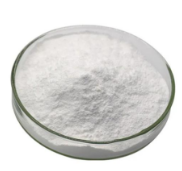
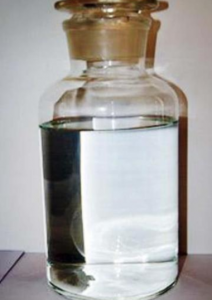
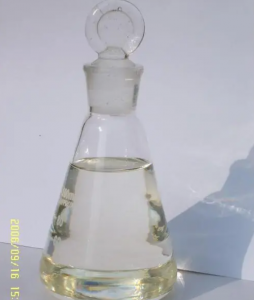
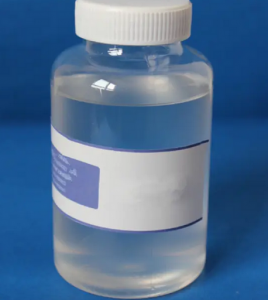
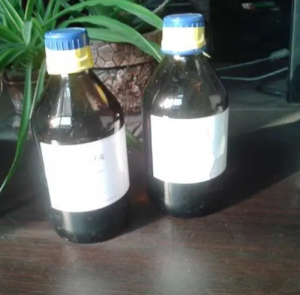
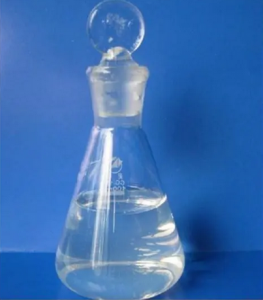


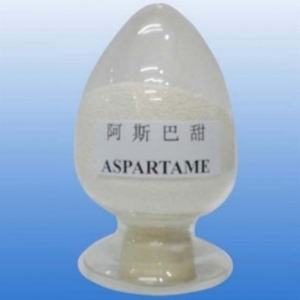

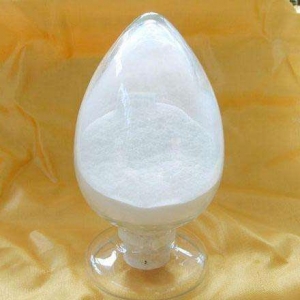
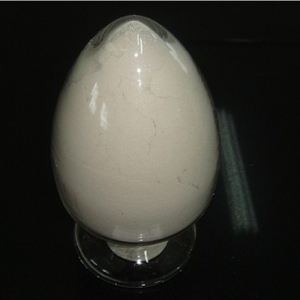

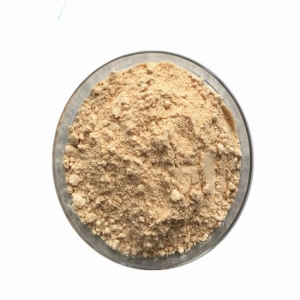
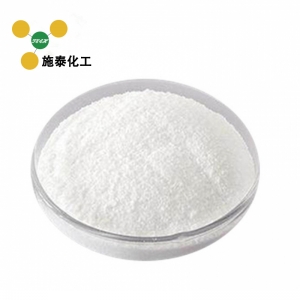
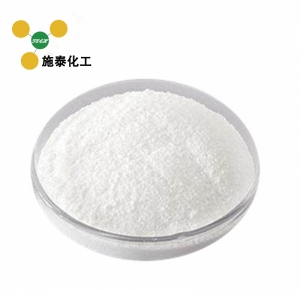
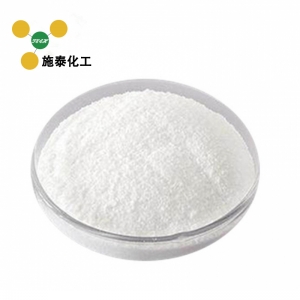
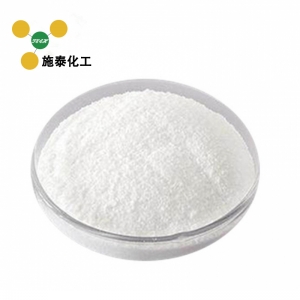
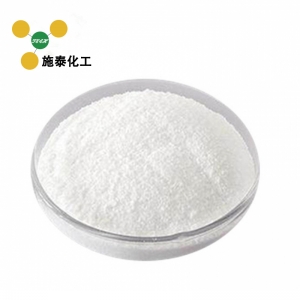

 online service
online service


